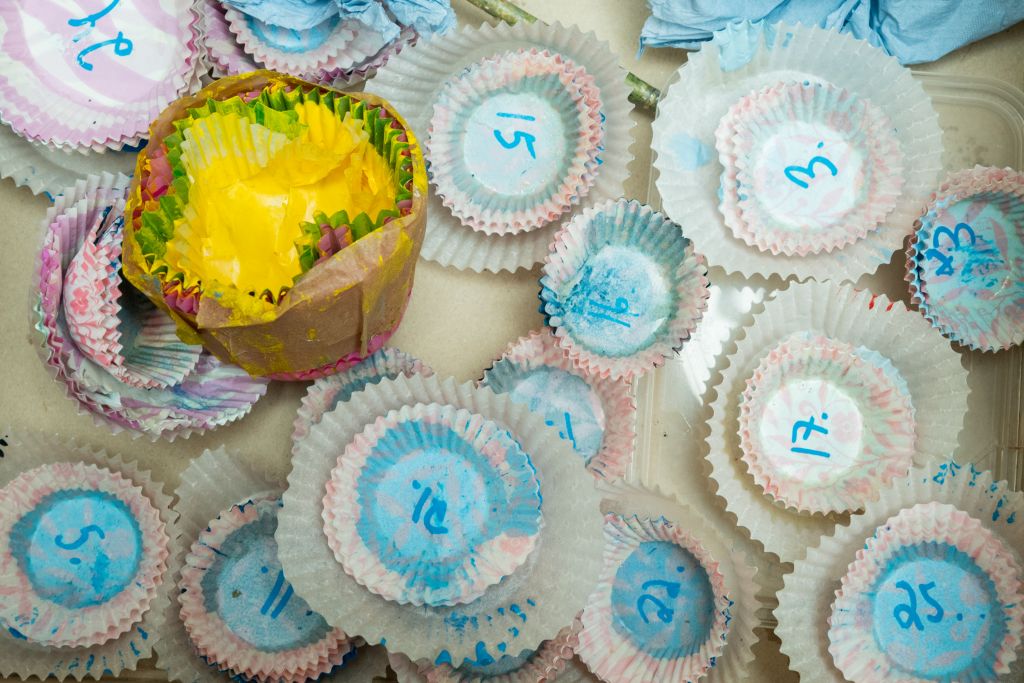Public artwork can be sustainable in many ways. One of the most important aspects of sustainability is the ecological matters which cannot be passed. The question of sustainable choices should bear in mind for example while choosing the materials for the artwork. It is good to understand that for example the manufacture of steel has a big carbon footprint but in relation to the life cycle of artwork, steel as a material is durable and does not need that much maintenance. In that case, the carbon footprint of the artwork in relation to its life cycle may be relatively small.
Besides ecological aspects, an artwork produced in a public space should take into account also the principles of social and cultural sustainability. It is essential to do some research on the public and the community who will encounter the artwork in their everyday life. It is also good to bear in mind that if the artwork will be installed in a public space, it should be suitable for people of all kind.

A maintenance manual is usually requested from the artist in public art projects. In the manual you should list the materials used and how the artwork should be maintained during its life cycle.
Few things you should remember to include in the maintenance manual:
Information about your artwork
Materials and techniques used in the artwork
Clarify the artworks life cycle
You should also add information on what should be done if the artwork is broken or damaged.
Be sure that the maintenance manual is received and archived by the person responsible with the maintenance of the artwork.
Source: